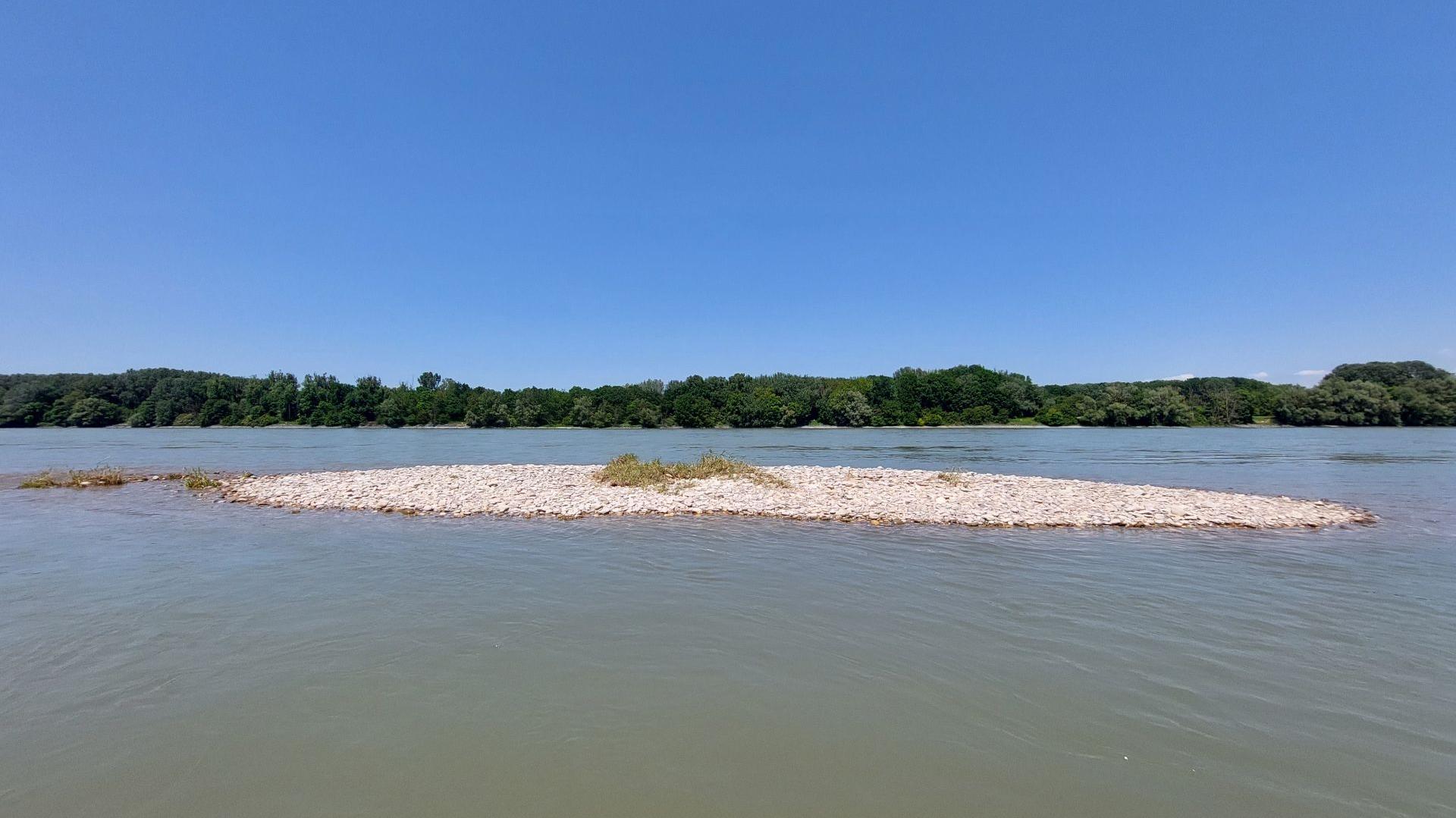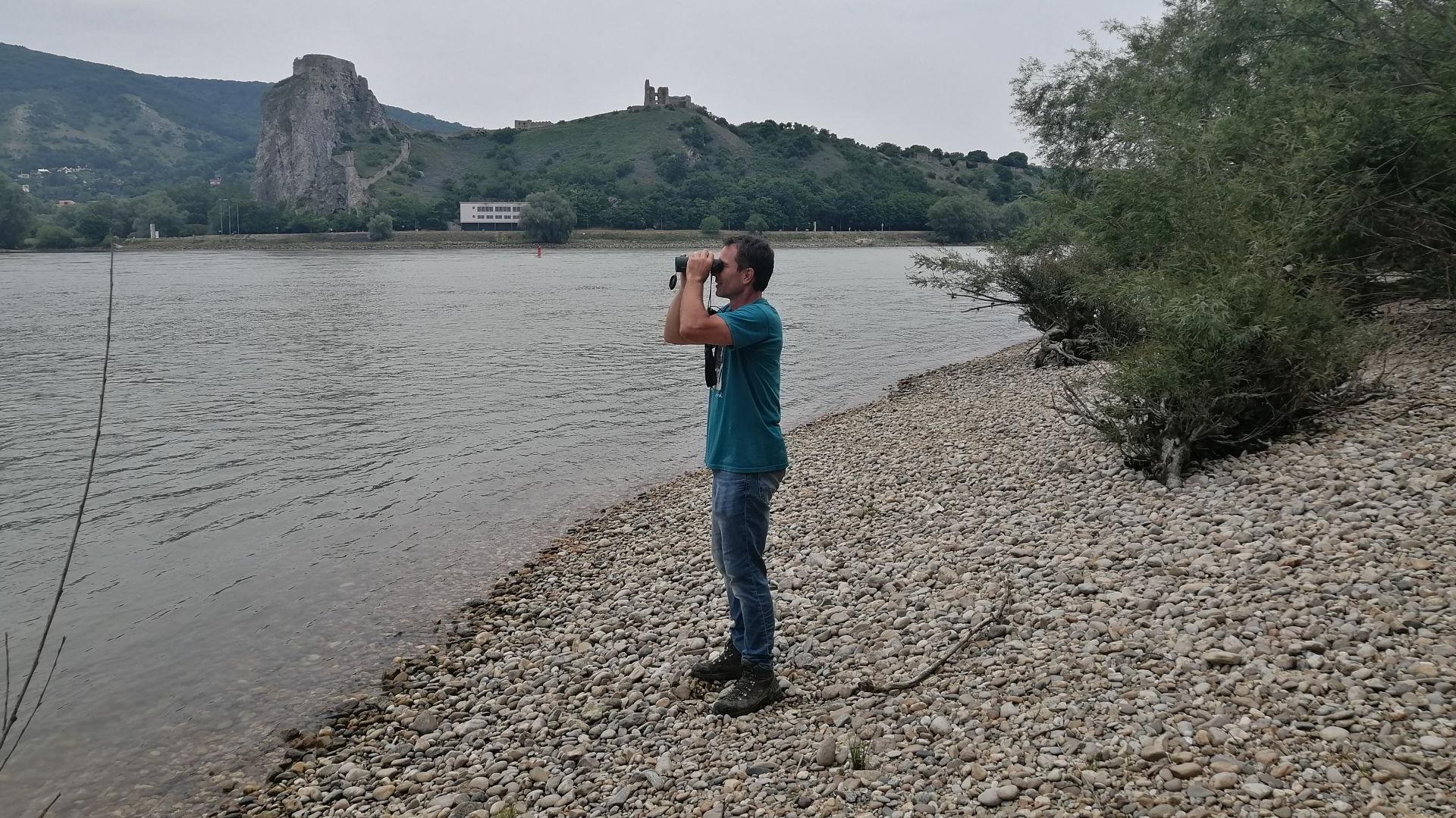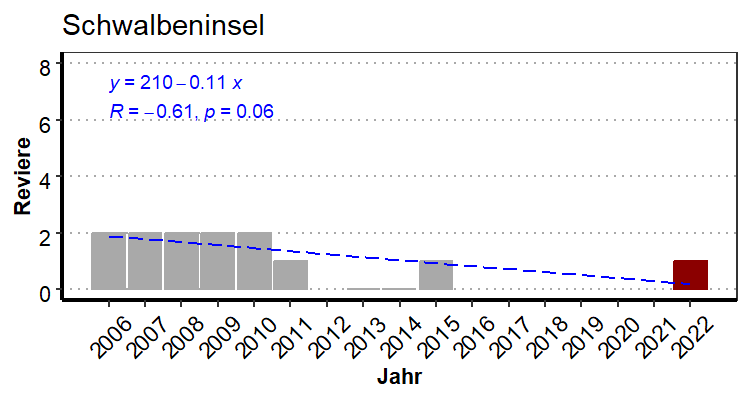At the start of June, the team of the WILDisland project made an inventory of the gravel banks and islands along the Donau-Auen National park section of the Danube in Austria.
The aim was to check the status and availability of gravel-nesting birds, such as Little Ringed Plover and Common Sandpiper after the several high-water waves at the end of May. These species perfectly camouflage their eggs on the ground between the stones and are very vulnerable to disturbance and water level fluctuations.
It is clear that some of the bird nests have been flooded but the pairs are still around and since they are very well adapted to dynamic environment, we are hoping that they will settle for a second clutch this year. In total we found out around 16 pairs of Little Ringed Plover and sine 14 pairs of Common Sandpiper we are hoping to control later this year.
What is particularly interesting is to look at the population trend between 2006-2023 (data provided by BirdLife Austria/Donau-Auen National Park). What is seen is that formerly important breeding sites, such as the Schwalbeninsel (LIFE WILDisland project site) and the Paradeise island (Danube4all project site) are loosing importance, mostly due to sedimentation processes and succession, which results in loss of gravel banks and overgrowth with bush and tree vegetation. We expect that the restoration of the natural processes and river dynamic on these sites through embankment removal and groyne adaptation will significantly improve the situation and provide more space for such species.
A previous survey, done 2011-2014 stressed the outstanding value of Danube islands for characteristic biodiversity. It also showed that about 90 % of bird flagship species breed on river islands thus becoming a symbol of intact river dynamics and natural habitats.
The LIFE WILDisland project runs in 8 countries along the Danube and aims at restoring natural processes and river dynamics, riparian habitats and WILDislands to ensure the survival of rare and protected species and provide a vivid green link and intact habitat corridor from Central Europe to the Black Sea.
For more information:
Georg Frank - Donau-Auen National Park: g.frank@donauauen.at










